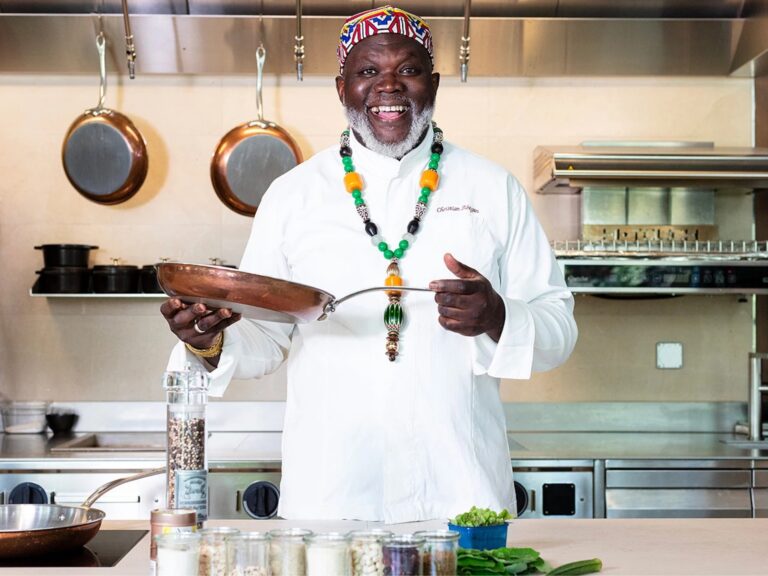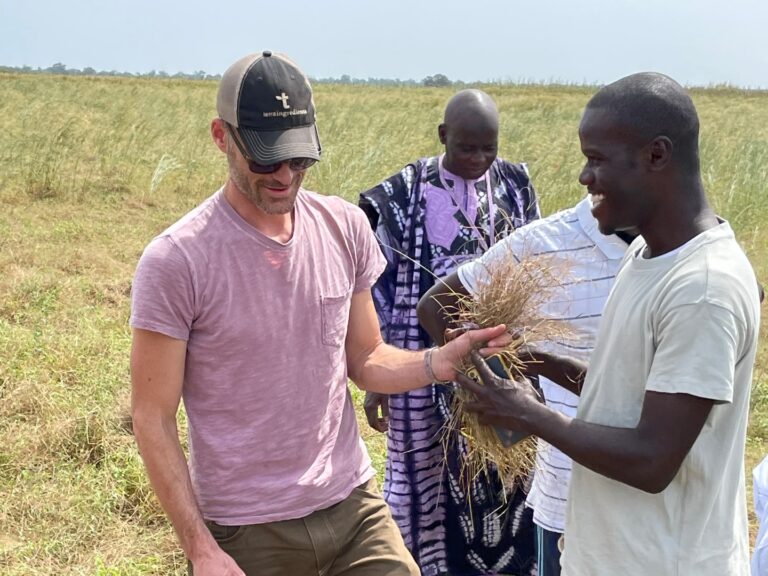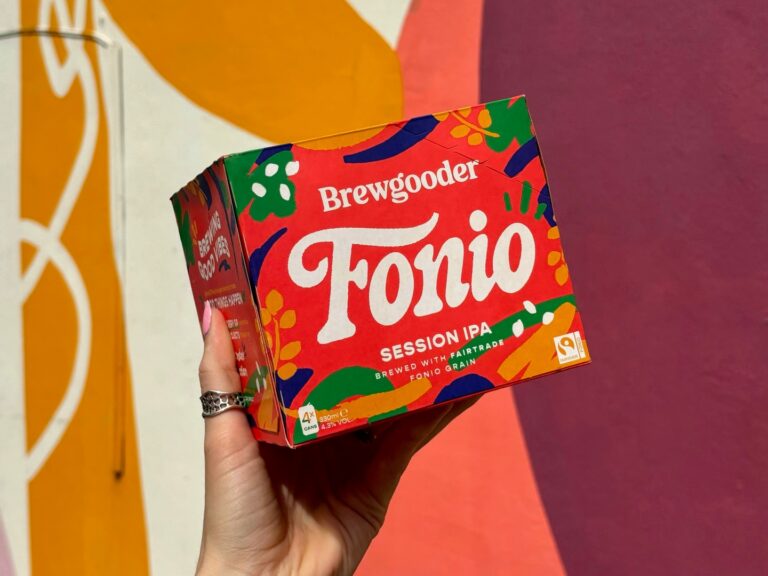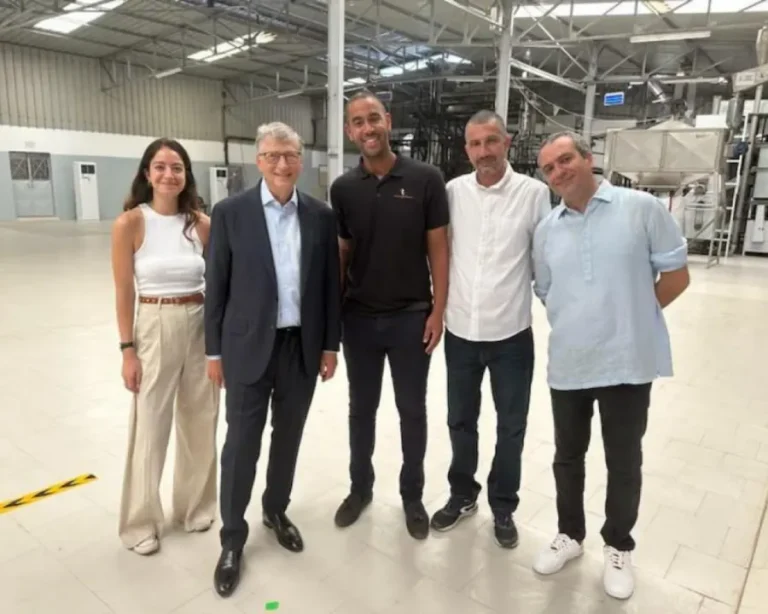Enter the term “ancient grain” into any search algorithm and you’ll be flooded with household names like barley, sorghum, quinoa and amaranth. These fortuitous seeds have fed our appetites for millenia, ever since humans shifted from searching for food as hunter-gatherers to evolving into farmers who produced agriculture en masse. Ancient grains represent how our original relationship with nature was seeded; harmonious and reciprocal. We tended to the earth, and in return the earth fed us real food. Centuries later, we’re still consuming the same seeds we planted long ago. They represent our past, present and future. Real and whole in their purest form, these timeless ingredients are what we still crave today.
The demand for ancient grains has been rising steadily for years and it’s easy to understand why. Dense with protein, fiber and other important nutrients, they nourish us in ways stripped grains simply cannot. After decades of changing food from its natural state, we’re returning back to these grains because they are whole, untarnished and flavorful. And in a world that often feels untethered, moving at a rate faster than we—and our planet—can’t yet sustain, it’s a comfort to have access to grains that have the fortitude to have endured through centuries. They are the sustenance we need to satiate our appetites in for years to come.
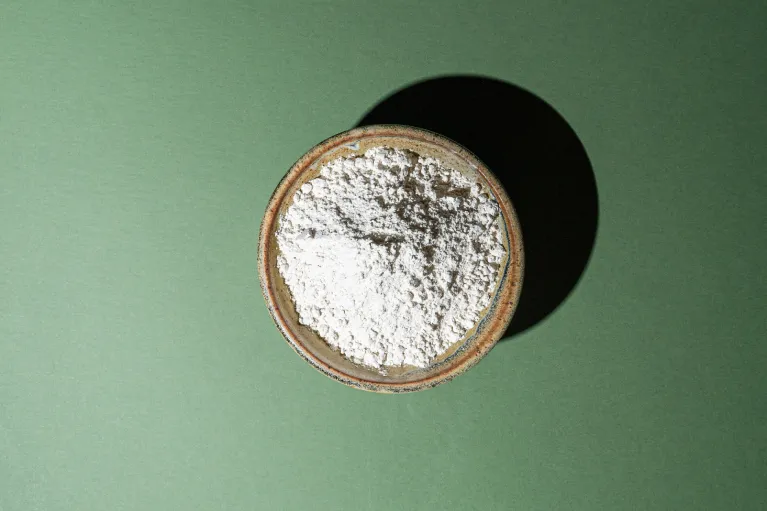
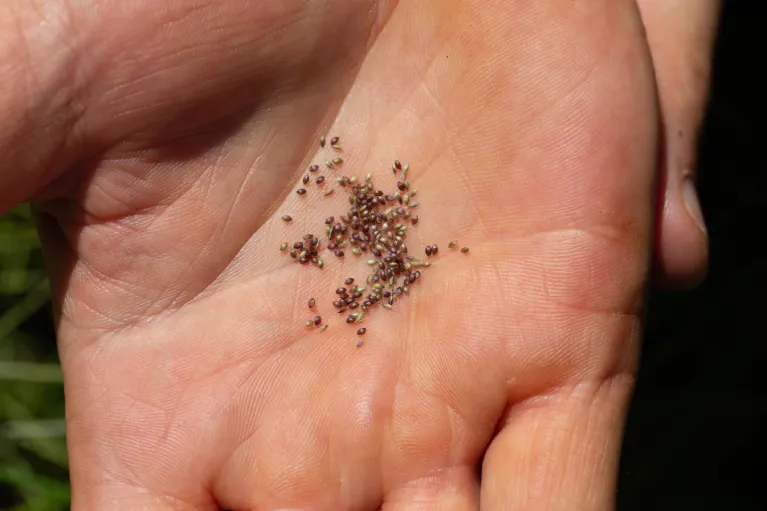

The Oldest Ancient Grain
One of the oldest ancient grains on the market was once called “the original atom from which the universe sprang,” by French agronomist Roland Pertères. It can grow in sub-optimal conditions, through seasons of drought and soil fatigue. It matures faster than other crops of its kind, producing a harvest every six to eight weeks, and it doesn’t demand field rotation like other grains. It’s gluten-free, has a low glycemic index and dense in vitamins and minerals; small, flavorful, and quick to cook; fluffy, soft and highly adaptable in recipes because it takes on flavor like a sponge. You can easily incorporate it into a flour for breads and baked goods, swap it out for rice in a pilaf, use it as a hearty base for soups and porridges, or as a foundational ingredient for a colorful couscous.
Chances are, though, you probably haven’t heard of it yet. But that’s about to change.
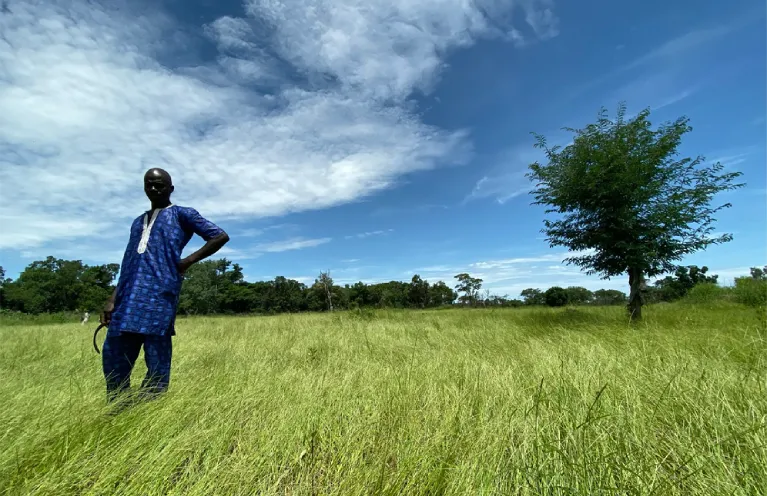
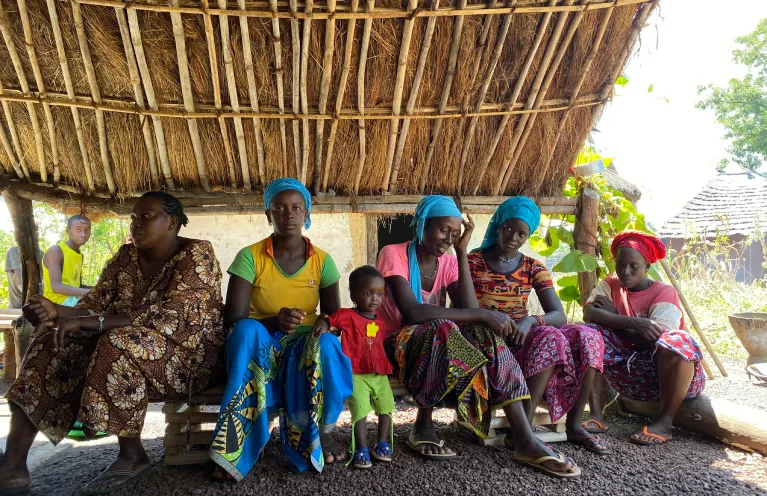
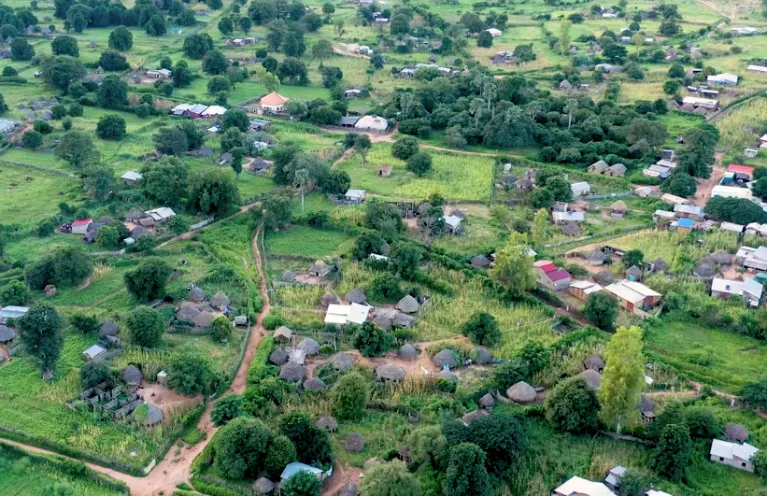
An Ancient Grain with a Long History
Fonio is the one of the most humble and historic ancient grains in our history. It has been quietly feeding millions of people for thousands of years without recognition. It’s the oldest indigenous cereal to West Africa, and a staple ingredient in regions like Mali, Burkina Faso, Guinea and Nigeria, where it’s been cultivated since 3,000 B.C.
Fonio is a type of millet, a deviation of the grass family Poaceae. Millets are a subset of cereals, which are the primary source of food for most of the world. These cereals account for 70 percent of caloric intake in Egypt and India, and 80 percent in China. Together with legumes, cereals make up two thirds of the world’s protein consumption. They might be our most important crop, and the key to feeding us in the future as the growing climate continues to rapidly change.
After years of treating millets like fonio as fodder for animals, forgotten crops, we’re finally discovering that they’re far more important than our Western markets have considered to date. The recognition of their significance is on the verge of making a seismic change. The United Nations declared 2023 as the International Year of Millets, pointing out their high potential to offer real nutrition to a global economy in a changing climate; which we undoubtedly live in today. After quietly growing for thousands of years, fonio—a small, mighty millet capable of feeding the world—is about to make big waves.
Why You Should Eat Ancient Grains
Unlike modified grains like white rice, white bread and white flour, ancient grains haven’t been stripped of important nutrients like protein, omega-3 fatty acids and vitamins. How our body digests them is better for us, too. Ancient grains like fonio are preferred over other modified grains because they’re low on the glycemic index. Our bodies process them slowly, leading to a lower spike in blood sugar.
Fonio has all the qualities of more well-known ancient grains, but there are certain characteristics that truly make it stand apart. It contains amino acids—like cystine and methionine—not found in more popular ingredients like wheat or rice. It’s also gluten-free, making it an easy option for people with dietary restrictions who can’t consume grains like wheat, barley or rye. Fonio has a long, stable shelf life compared to other forms of protein like meat, dairy or eggs. And according to the United Nations Food and Agriculture Organization, fonio has higher calcium content than any other grain, making it a worthy option for people on a plant-based diet. Despite its size, it’s a nutritional powerhouse.
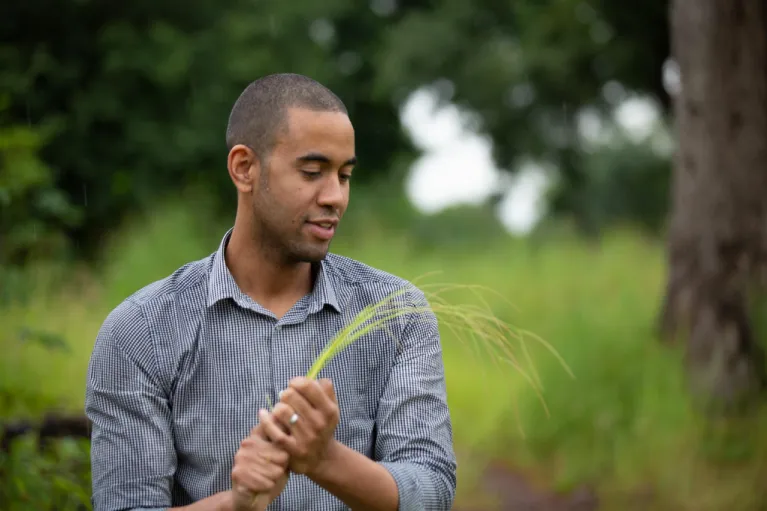
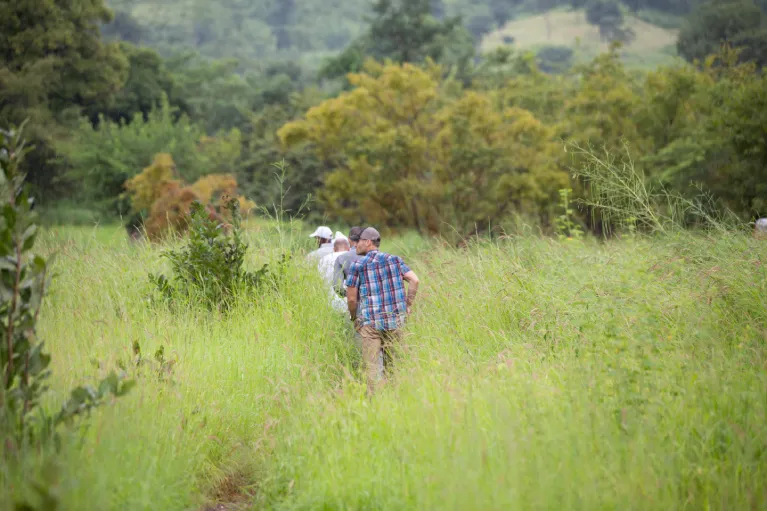
The Future of Fonio
Fonio can endure through seasons of change. It doesn’t need much to flourish. The grains grow on tall, slender stalks in fields that don’t need consistent water or care. It can grow in dry conditions, even through years of drought.
Despite holding more nutritional value and being easier to grow than other ancient grains, fonio hasn’t received rampant marketplace recognition like quinoa, oats or spelt. In fact, in the last two decades only 19 scientific articles have been written about it. Rather than saturating the global food market, fonio has stayed close to home, feeding millions of Africans for more than 5,000 years. But now, thanks to a shift in how we eat and an ability to grow in changing conditions, this quiet ancient grain with a long, humble history is poised to become a household name.
